Belongings
〈vol.8〉Official Merchandise: JUMBO TEE S/S H.P. (Subsequence)
Releasing on 13th December ‘25
2025.12.10
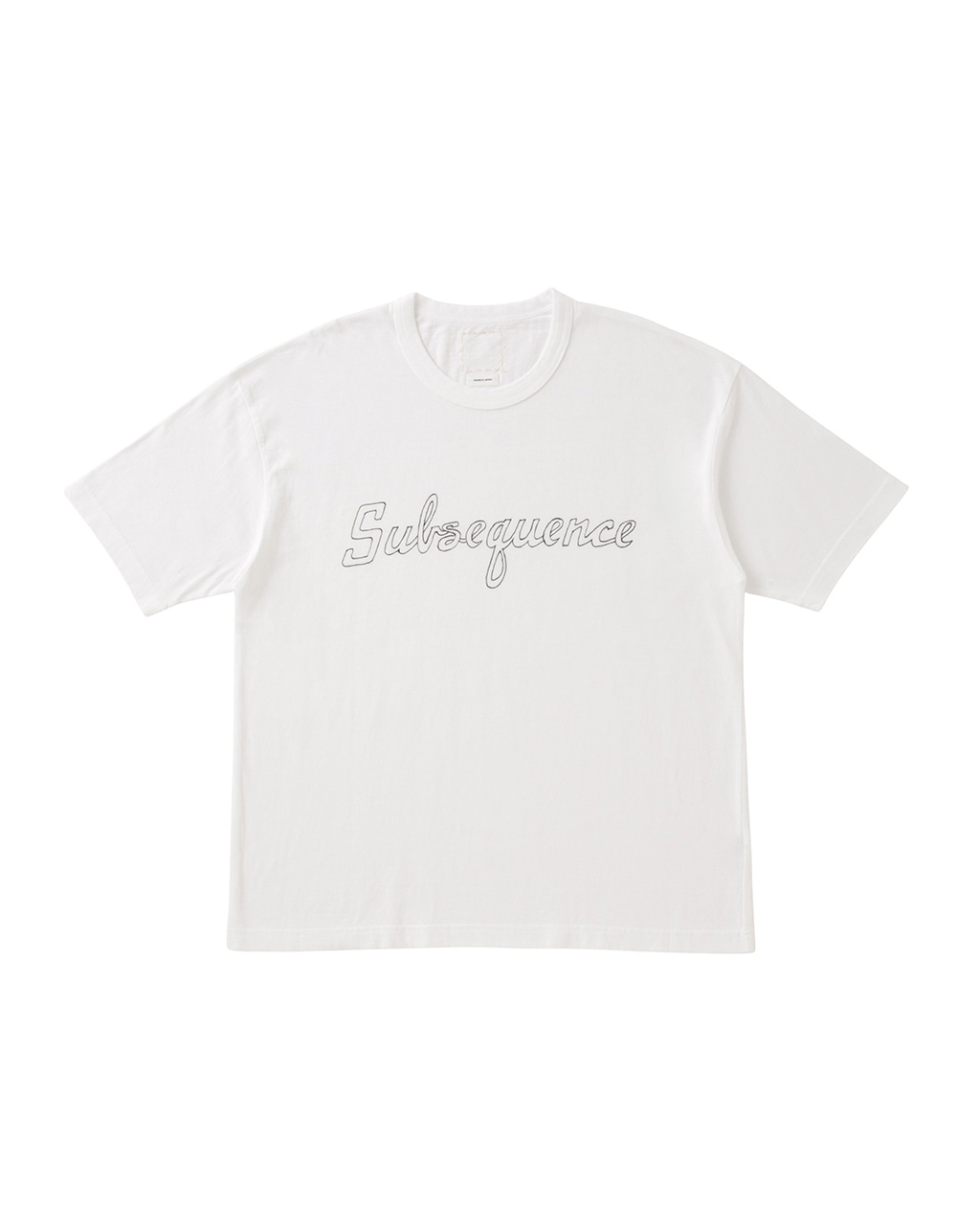

Belongings
Text:Keiko Sude
Photo: Keisuke Fukamizu
2024.04.12
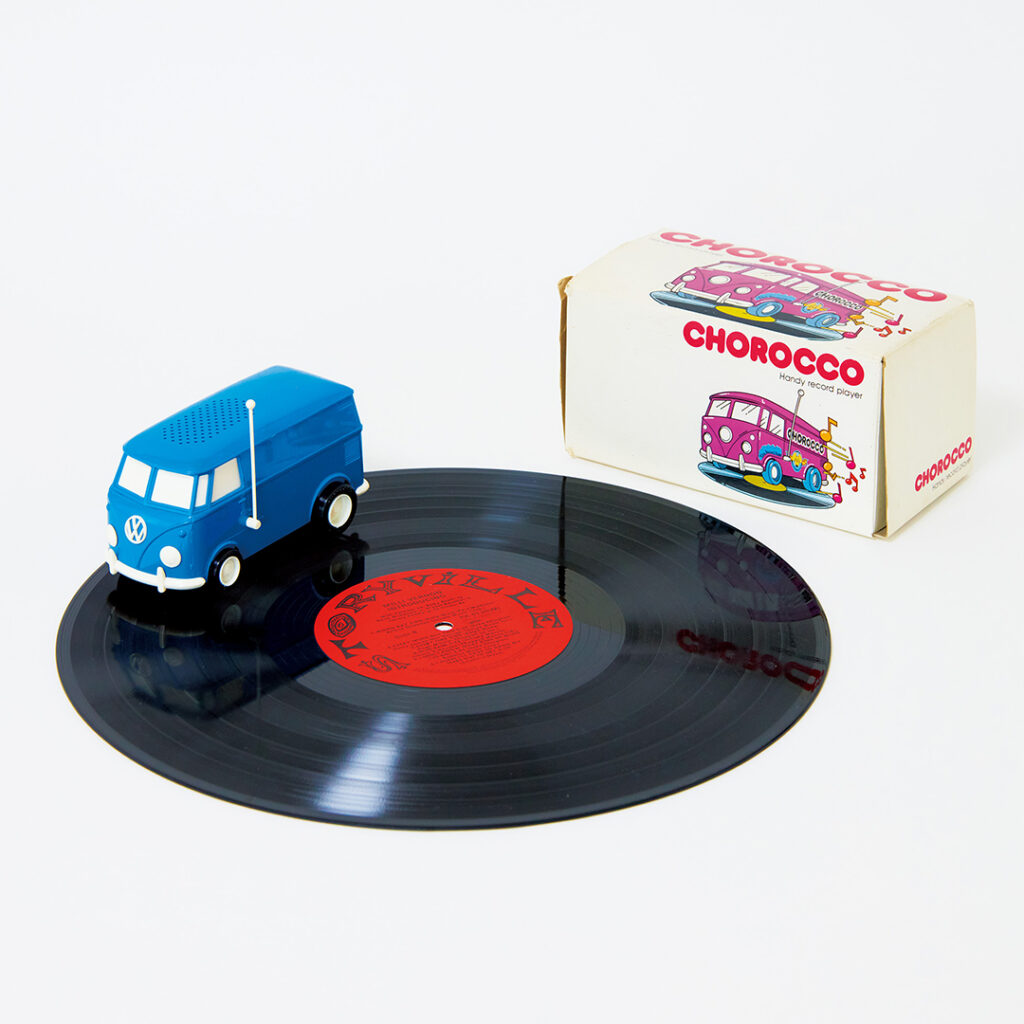
The year was 1979. In front of Sony’s offices stood an ecstatic man of twenty four who, a mere three years prior, set up a computer manufacturing company in his own home in northern California. He’d come to meet Akio Morita, co-founder of the Japanese electronics giant. The kid and his team had just launched a personal computer with a floppy-disk drive which was achieving commercial success, with sales hitting 7,600 units worldwide the previous year. The machine used 5.25-inch floppy disks, but Sony had been developing a 3.5-inch sort, which were to be the microfloppy disks later adopted worldwide.
At the Sony offices, their guest received one of the first portable Walkman cassette players as a gift from Morita. The Japanese-sounding product name didn’t bother him one bit-not in the face of the innovative nature of the device, developed for the next generation to live their lives to a constant musical soundtrack. He was apparently so impressed that he began disassembling this epoch-defining product on the spot.
Well, needless to say, that kid was Steve Jobs, and his newly minted company was Apple. It just shows what a pioneering enterprise Sony was at the time. And Sony sure did shine back then. It’s also surprising how rarely it’s mentioned that it was Sony and Philips who, in 1982, co-developed the CD, which for a time became the global standard for disk storage, only to be rapidly phased out in recent years.
Here’s another rather unsung fact. I’m sure some of our readers may well have seen the product in the photo below. This self-propelled record player, known nowadays by names like “Record Runner,” was developed by Sony back in 1976.
When you put the camper-van miniature on top of a vinyl record, the car drives along, propelled by a small motor, as a needle on its underbelly traces the grooves in the record which then get output as sound from an internal speaker. It was a Copernican revolution: turn not the record, but the player. The man responsible for turning this idea into a product was none other than the late audio engineer Yoshihisa Mori, who appeared in the first issue of this magazine.
Mori joined Sony as a cartridge designer in 1973. When he entered his self-propelled record player idea into an internal company contest, it was chosen and actually produced as a promo item (not for general sale) called the “Chorocco.” There were 10,000 units made at the time. Mori chose a Volkswagen camper van (Type-2) for the design because he was such a huge VW fan. He even headed Sony’s VW fan club!
But don’t be fooled by the sweet name and the endearing sight of this cute van going round and round on records. Developing the thing was apparently no walk in the park. With a normal record player, when the turntable is spinning at a constant rate, the circumferential speed (circumferential distance moved per unit of time) increases the closer the needle gets to the outer edge of the record, and likewise decreases the closer it gets to the center. But in our case, that adjustment needs to happen according to how fast the self-propelled player itself moves. This means that the van must gradually slow down (at an appropriate rate, of course) as it gets closer to the middle of the record. Mori and his team went to great pains to make an automatic speed control system to achieve this. The resulting technology was patented and used by other firms to create products which sold upwards of 100,000 units worldwide.
Over forty years since its original development, the Record Runner remains on the market thanks to a Japanese manufacturer called Stokyo. Some improvements have been made to the product, but the underlying technology itself is unchanged. The mechanism is still housed in its timeless VW camper van shell. Talk about preserving history. It’s a small taste of what it was like in that era, back when creative innovators like Morita, Jobs and Mori were churning out playful products that kept breaking the mold, one after the next.(Reprinted from Subsequence vol.6)
Keiko Sude
Born in Berlin and raised in Nagano Prefecture, Japan, Keiko is a country girl with a love for home gardening and vintage synthesizers. Her favorite food is mochi.
Belongings
〈vol.8〉Official Merchandise: JUMBO TEE S/S H.P. (Subsequence)
Releasing on 13th December ‘25
2025.12.10

Belongings
SUB Subsequence
〈vol.8〉
2025.12.04
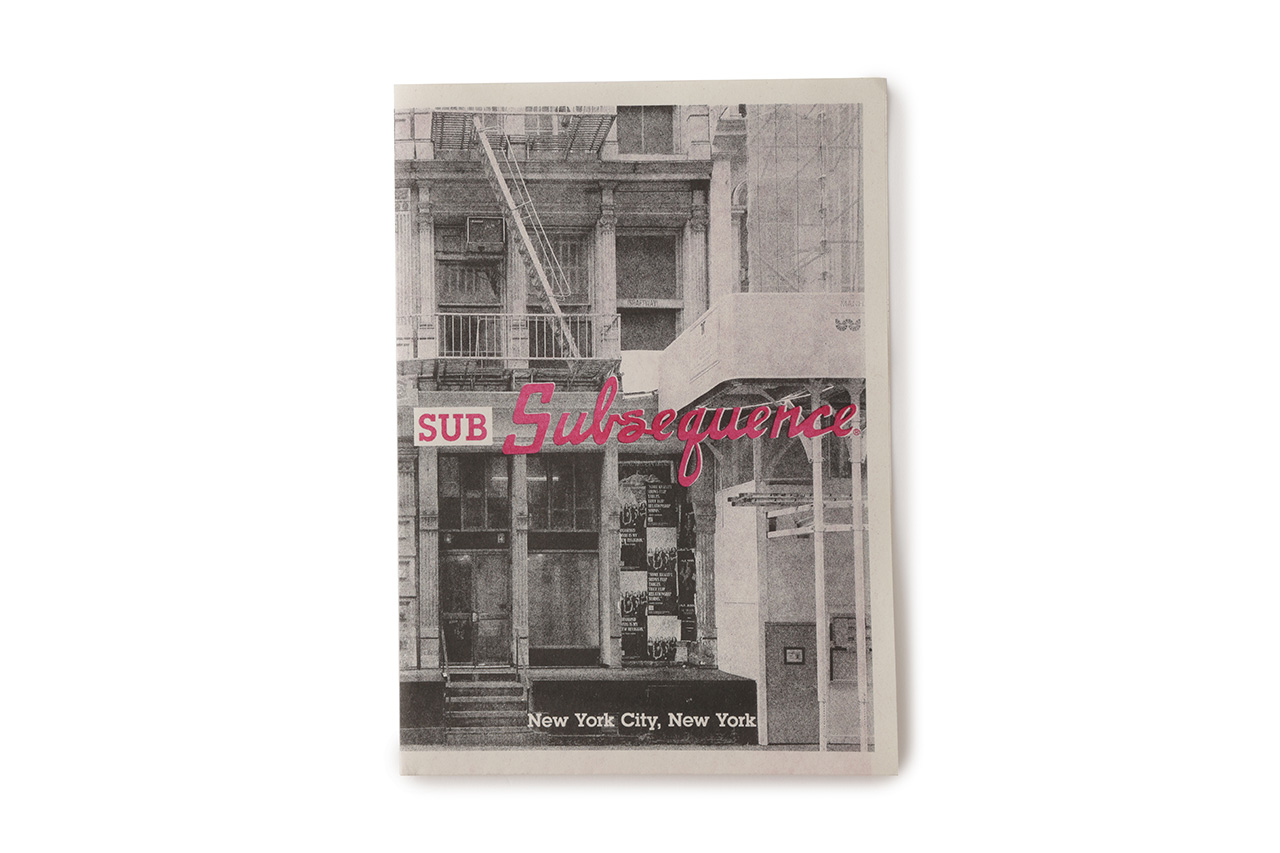
Belongings
Mix CD Recommendation
2025.11.19
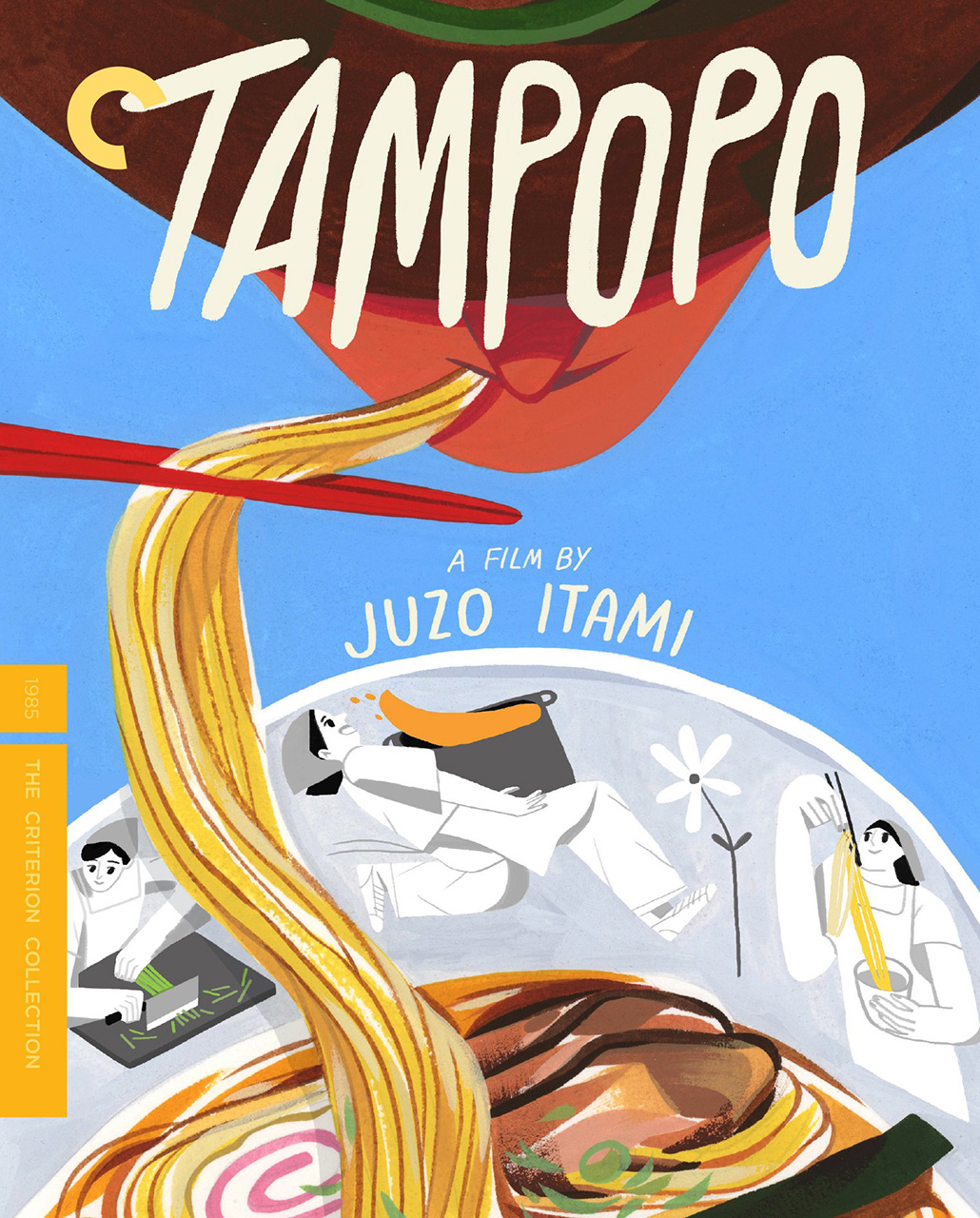
Belongings
“Translator Sam Bett was awarded the Crime Fiction in Translation Dagger ”
2025.09.26

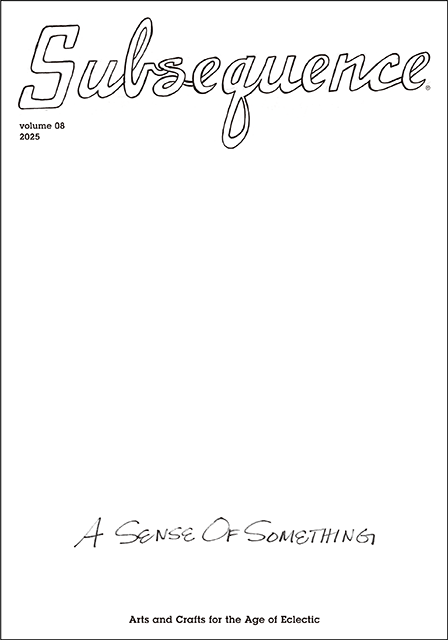
volume 08
2025-1st

Bilingual Japanese and English
260 × 372mm 148P
Release date: December 13, 2025